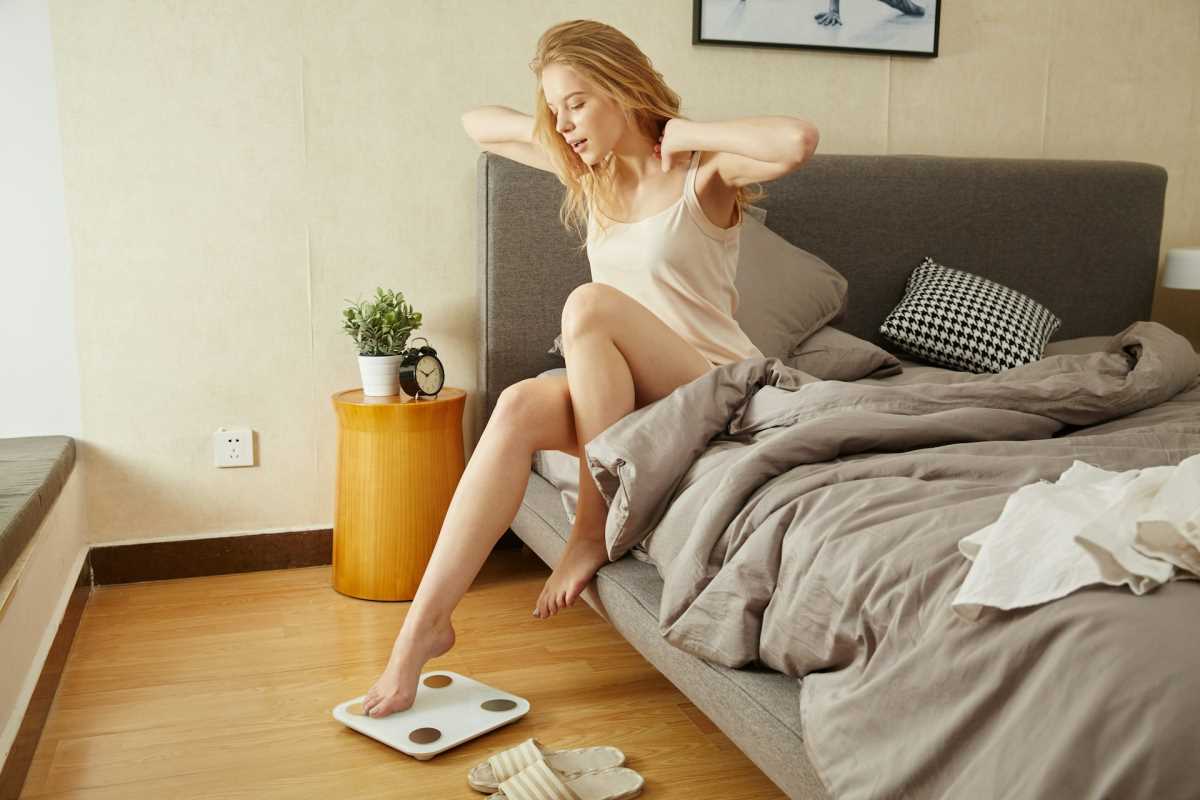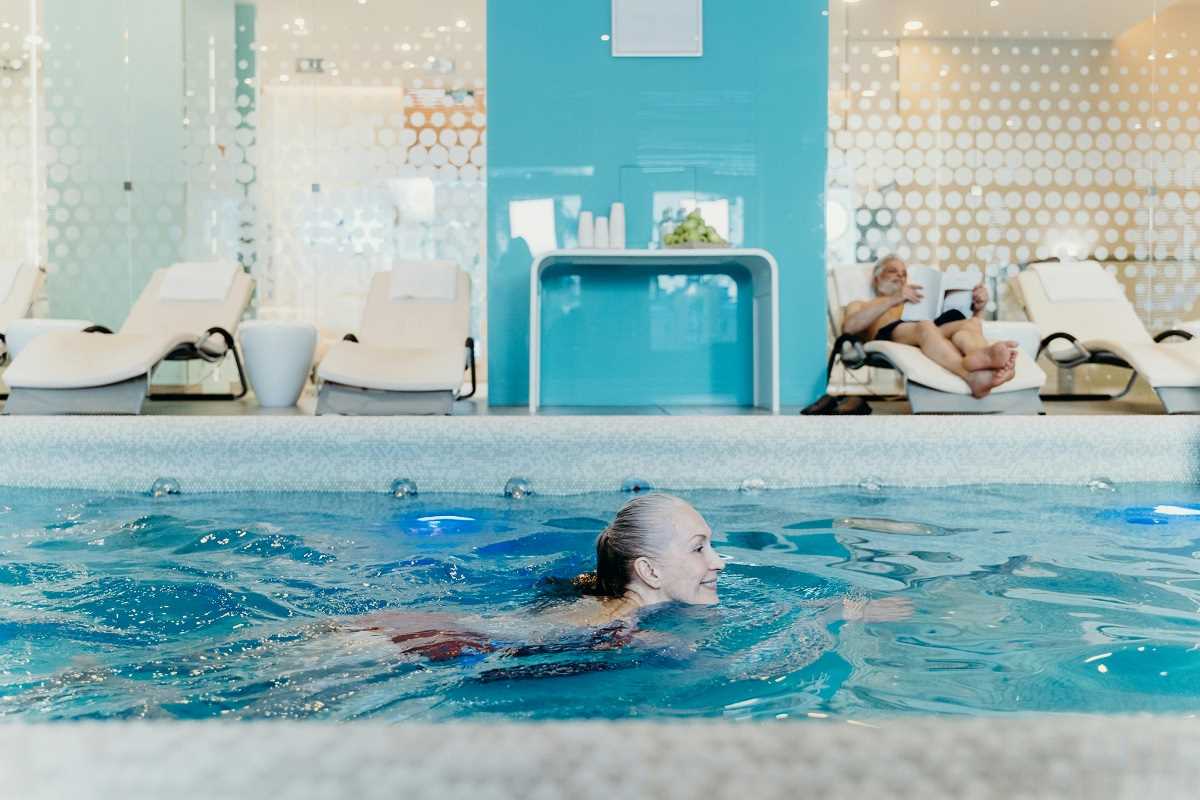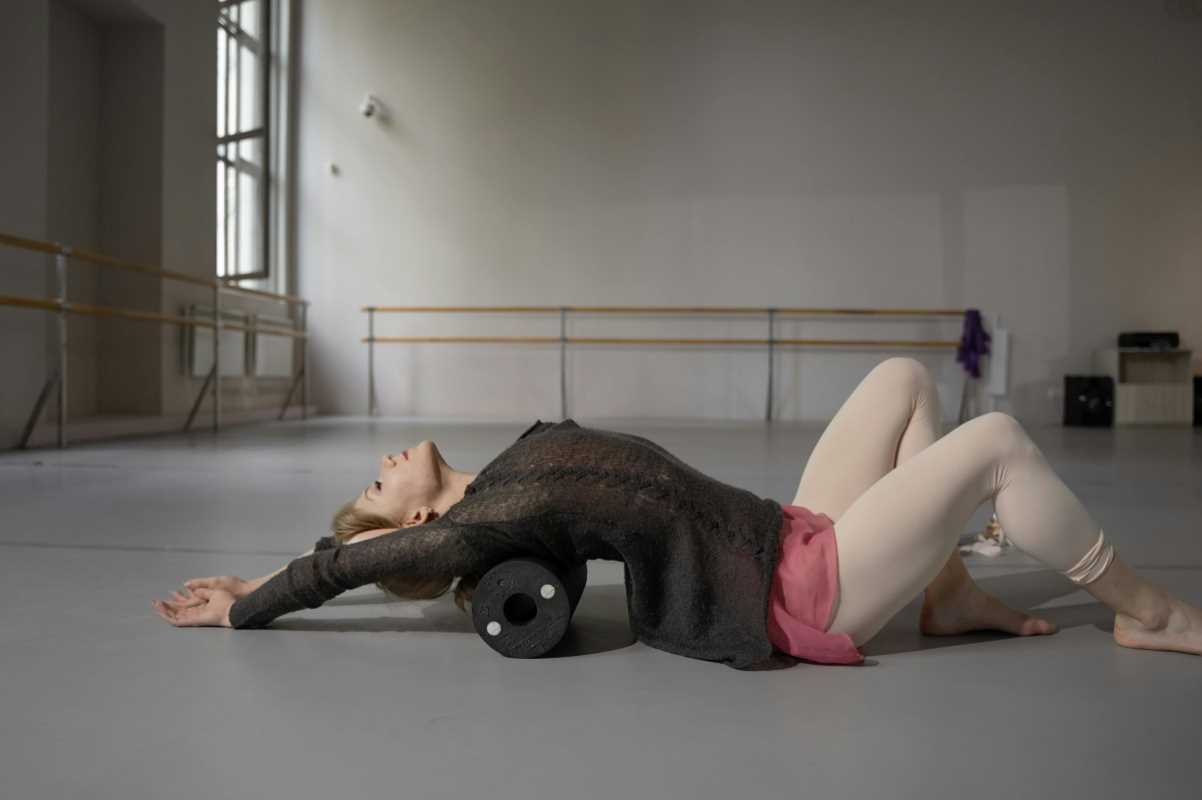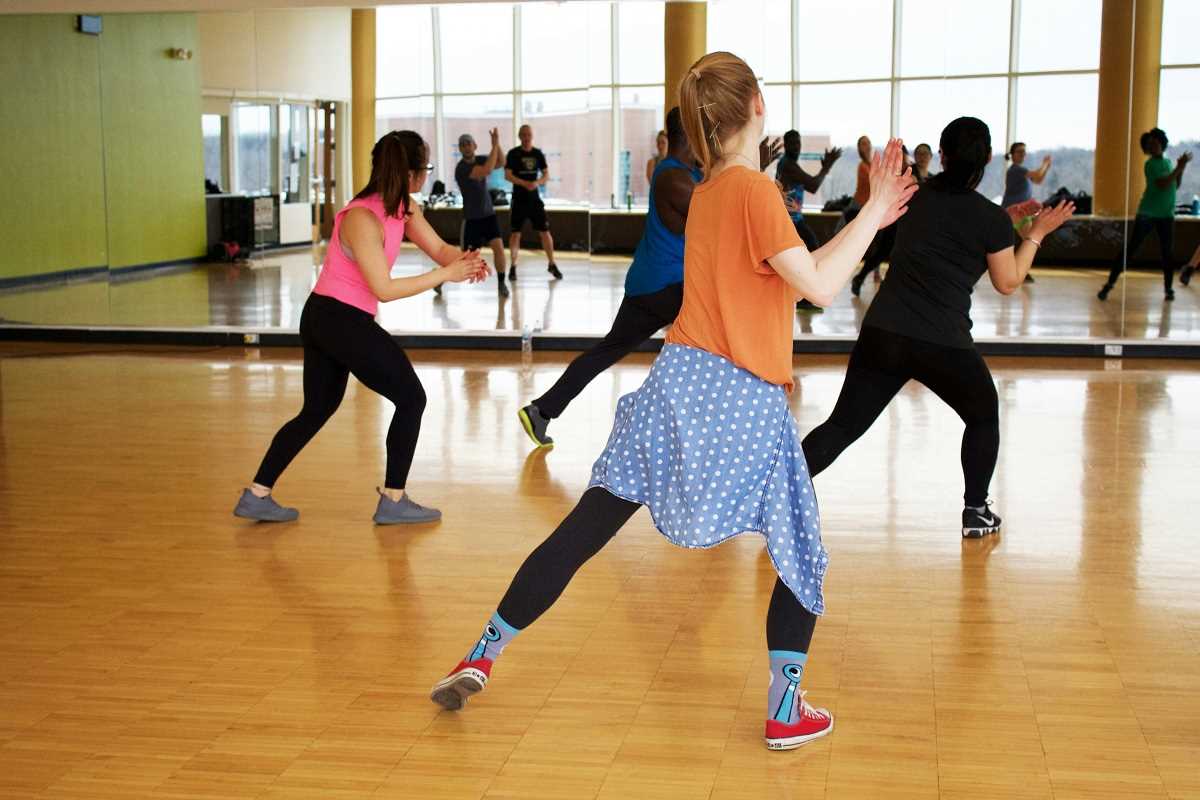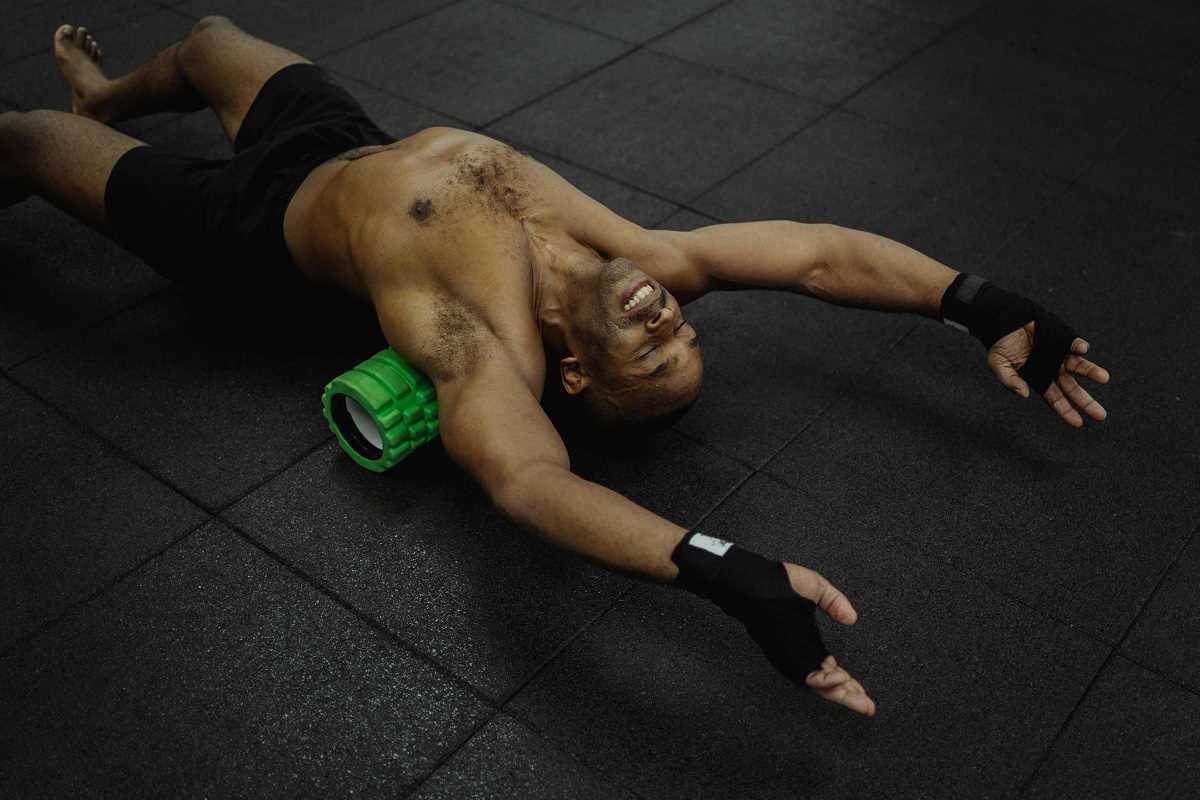Take a moment to think about your workout routine. Do you have a closet full of fitness gadgets that you rarely use? Or maybe you feel overwhelmed by all the equipment at the gym, unsure of where to even begin. If this resonates with you, you're not alone. Many people, especially women juggling busy lives, find themselves bogged down by the "more is better" mentality of fitness. But what if there was a way to simplify your workouts while still staying strong, healthy, and fit?
Welcome to the concept of fitness minimalism. It’s a refreshing approach to exercise that focuses on doing more with less, streamlining your routines, and rethinking what you actually need to reach your goals. If you've been wondering whether you really need all that equipment cluttering your closet or gym floor, this article has your answers.
What Is Fitness Minimalism?
Fitness minimalism is exactly what it sounds like. It’s about stripping your workouts down to the essentials, focusing on quality over quantity. Instead of using dozens of machines, gadgets, or weights, you prioritize a few key exercises and tools that provide maximum results.
Think of it like decluttering your house. When you remove unnecessary stuff, you create space for what really matters. It’s the same with exercise. By cutting back on excess equipment and moves, you can build a routine that's efficient, less stressful, and ultimately more effective.
The beauty of fitness minimalism is that it’s adaptable. Whether you’re a seasoned athlete or someone just starting their fitness journey, this approach can be tailored to fit your needs and lifestyle.
The Problem with Owning Too Much Fitness Gear
How many times have you bought a piece of fitness equipment, convinced it would change your life, only to have it gather dust in the corner after a week? It happens to the best of us. Marketing for exercise gear can be extremely persuasive, promising quick fixes and revolutionary results.
But here’s the catch—not all equipment is necessary. Owning more stuff often leads to decision fatigue (“Which of these three resistance bands should I use today?”), wasted money, and unnecessary clutter in our homes. It can also make us feel like our fitness is somehow incomplete unless we’re using all of it, adding extra stress to a process that’s supposed to feel good.
The reality is, most of what you need for a great workout doesn’t require fancy gadgets. Simplicity goes a long way, and when you learn to focus on what truly works, you’ll realize you can achieve your goals with much less than you think.
The Benefits of Fitness Minimalism
1. Simplicity and Clarity
Having fewer options makes it easier to focus. Instead of jumping between a million machines, you’ll know exactly what you’re using and why. This clarity makes workouts less intimidating, especially if you're trying to stay consistent.
2. Cost Savings
Fitness minimalism is easy on the wallet. You don’t need expensive gym memberships, home treadmills, or the latest gimmicky gear. A pair of good-quality dumbbells and a yoga mat can often be enough to serve your fitness needs.
3. Efficiency
With fewer tools, your workouts become faster and more streamlined. Minimalist routines emphasize compound movements, which work multiple muscle groups at once, saving you time while giving you a full-body workout.
4. Focus on Form
When you're not bouncing from one piece of equipment to another, you have more time to concentrate on perfecting your movement and technique. This can help prevent injuries and make your workouts more effective.
5. Mental Relief
Decluttering your workout space and simplifying your routine can reduce mental overwhelm. Knowing you don’t need to buy into the latest trends or clutter your space to stay healthy is empowering.
What Do You Really Need?
Wondering what the essentials of a minimalist fitness routine are? Here's a breakdown of what truly matters in most workouts.
Your Bodyweight
Your body is your most versatile tool. Exercises like push-ups, squats, lunges, and planks use nothing but your own weight to build strength and endurance. These movements are incredibly effective and can be modified to challenge all fitness levels.
A Pair of Dumbbells
If building strength is your priority, a set of dumbbells is a valuable investment. Go for adjustable dumbbells or two pairs (light and medium) to start. Many classic movements like deadlifts, chest presses, and rows only require these weights.
Resistance Bands
Compact, portable, and affordable, resistance bands are fantastic for adding variety and intensity to your workouts. They're especially great for activating smaller muscle groups, like your glutes and shoulders.
A Mat
Whether you’re doing yoga, stretching, or core work, a mat can make your workouts more comfortable. It doesn’t need to be fancy or expensive.
Space to Move
A clutter-free zone in your house (or garden, if the weather’s nice) is all you need. Minimalism is less about the gear you have and more about your mindset.
Building a Minimalist Routine
Now that you know what you need, here’s how to create a simple yet effective workout routine.
1. Start with a Goal
Decide what you want to achieve. Are you looking to build strength, improve flexibility, or simply stay active? Your goals will dictate which exercises to prioritize.
2. Focus on Fundamentals
Stick to tried-and-true movements that work multiple muscle groups at once. These are some of the best exercises to include in your routine:
- Squats
- Push-ups (or modified knee push-ups)
- Lunges
- Planks
- Bent-over Dumbbell Rows
- Deadlifts (using dumbbells)
3. Keep It Short and Sweet
You don’t need a two-hour workout to see results. Aim for 30 minutes of focused, intentional exercise.
Here’s a sample minimalist workout routine you can try at home:
- 10 squats
- 10 push-ups or modified knee push-ups
- 10 lunges per leg
- 30-second plank
- 10 bent-over dumbbell rows
Repeat this circuit 3 times for a total-body burn!
4. Adapt Over Time
Minimalism doesn’t mean staying stagnant. Keep challenging yourself as you grow stronger by increasing repetitions, adding dumbbell weight, or trying more advanced variations of exercises.
How Fitness Minimalism Supports Long-Term Health
Beyond physical fitness, taking a minimalist approach emphasizes long-term consistency and enjoyment. It discourages the all-or-nothing thinking often associated with elaborate or expensive workouts. Instead, it’s about doing what fits your lifestyle and actually sticking with it.
Minimalist fitness also aligns beautifully with a balanced life. It’s not about spending hours each day exercising; it’s about strategically using your time and resources to maximize results.
If you're looking for a way to balance fitness with a busy lifestyle, fitness minimalism is your answer. It’s easy to chase the “more is better” mindset, especially with constant messages from fitness influencers, but there’s freedom in realizing that your health doesn’t need to hinge on owning the latest gear or spending a small fortune.
 (Image via
(Image via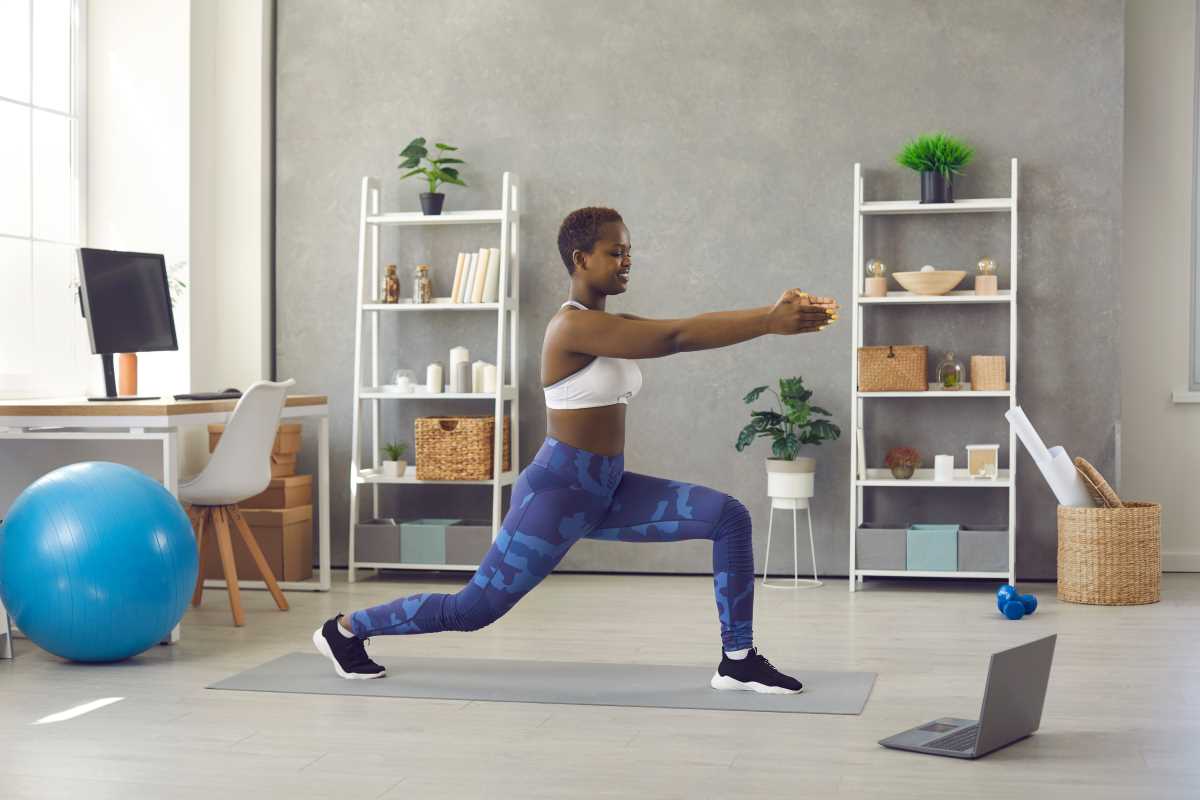
.jpg)
